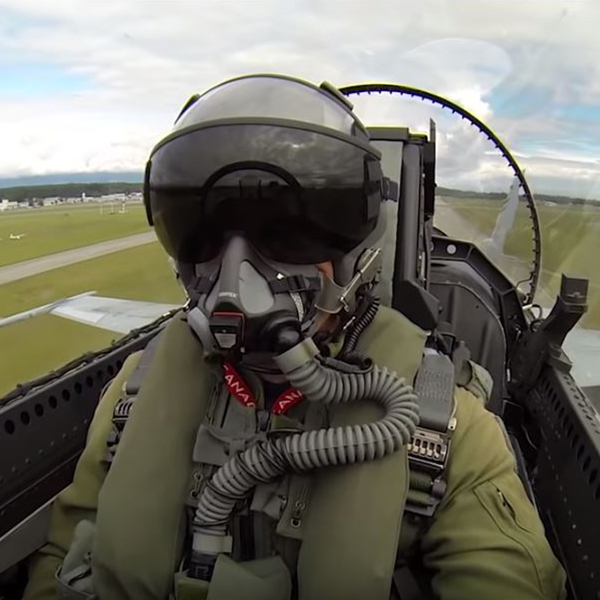From Sky to Space

Image capture from the video “From Sky to Space”.

Image capture from the video “From Sky to Space”.
8.61
How does this align with my curriculum?
Curriculum Alignment
NU
6
K-6 Science and Technology Curriculum (NWT, 2004)
Matter and Materials: Properties of Air and Characteristics of Flight
NT
6
K-6 Science and Technology Curriculum (NWT, 2004)
Matter and Materials: Properties of Air and Characteristics of Flight
PE
6
Integrated Curriculum Grade 6: Science (Draft 2023)
DK 1.4: Various forces and factors enable flight and exciting ways of traveling through the air.
PE
6
Integrated Curriculum Grade 6: Science (Draft 2023)
DK 1.4: Investigate forces and factors involved in flight.
BC
6
Science Grade 6 (June 2016)
Big Idea: The solar system is part of the Milky Way, which is one of billions of galaxies.
YT
6
Science Grade 6 (British Columbia, June 2016)
Big Idea: The solar system is part of the Milky Way, which is one of billions of galaxies.
ON
9
Science Grade 9 Applied (SNC1P) (2008)
Strand A. Scientific Investigation Skills and Career Exploration
ON
9
Science Grade 9 Academic (SNC1D) (2008)
Strand A. Scientific Investigation Skills and Career Exploration
BC
6
Career Education 6 (2016)
Big Idea: Our attitudes toward careers are influenced by our view of ourselves as well as by our friends, family, and community.